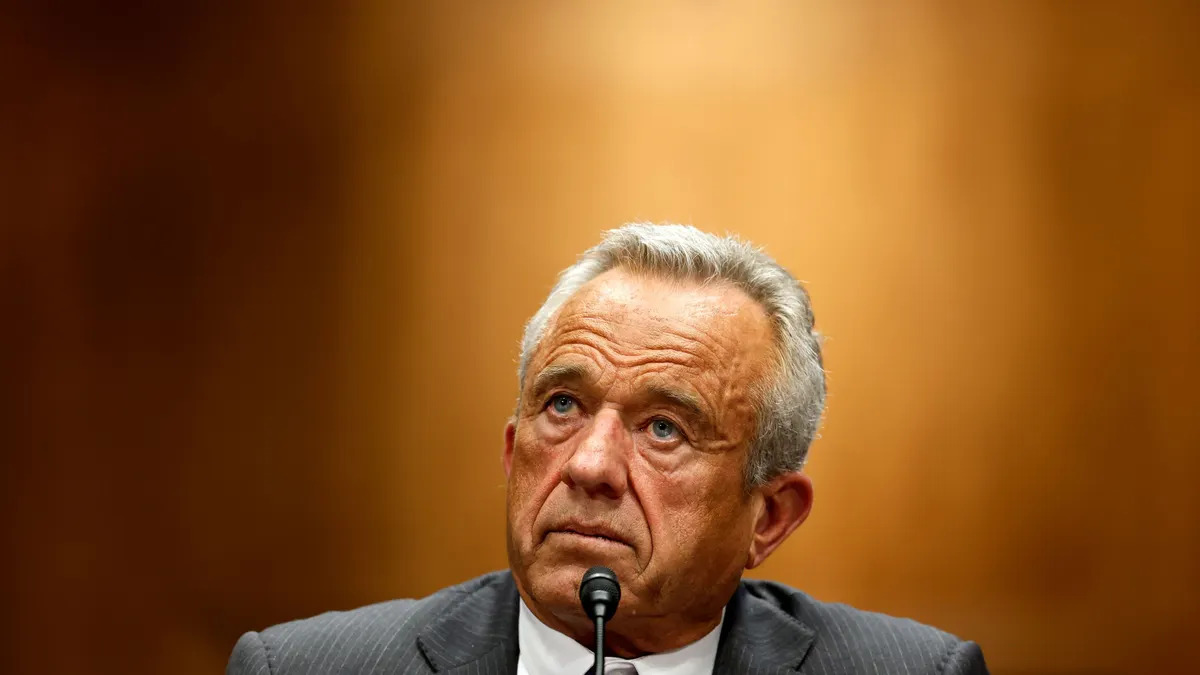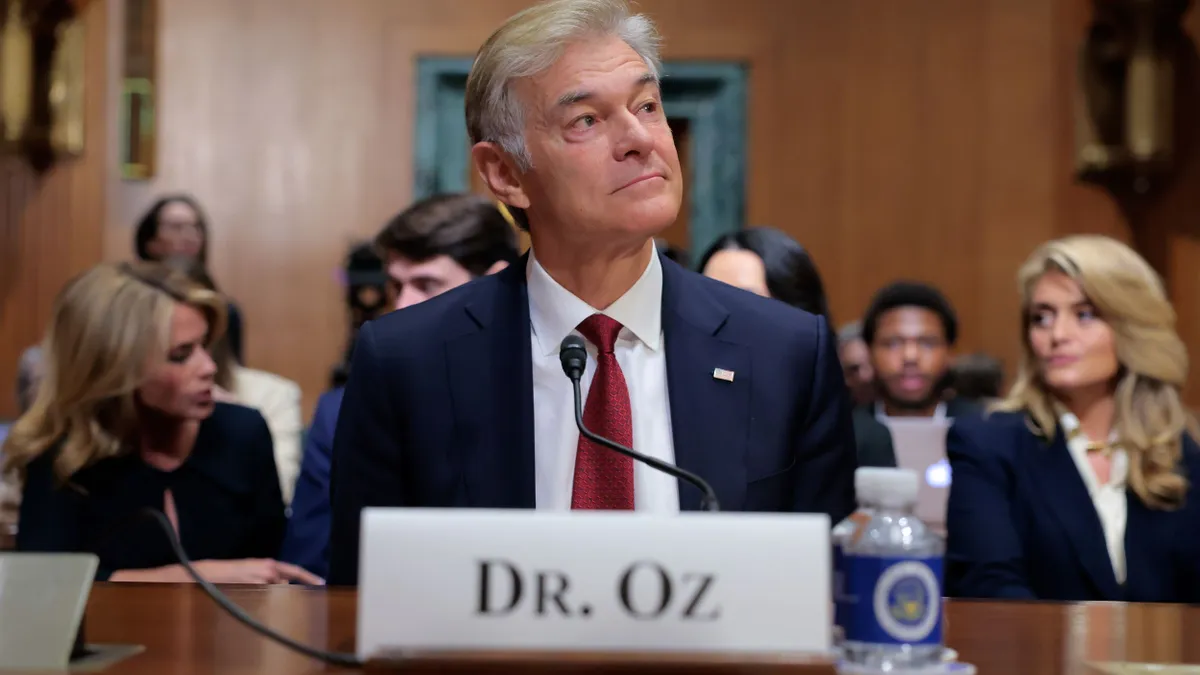Dive Brief:
- Elevance is trimming its Medicare footprint, especially in prescription drug plans, in a bid to improve the business’ profitability.
- The insurer is exiting Medicare Advantage plans where “long-term economics are not sustainable,” Elevance CFO Mark Kaye said Thursday during the Wells Fargo Healthcare Conference in Boston. Roughly 150,000 of Elevance’s 2.3 million individual and group MA members will be affected, according to Kaye.
- Elevance is also fully exiting standalone Medicare Part D plans so that it can concentrate more resources on MA and dual special needs plans, which cover individuals eligible for both Medicare and Medicaid and typically come with high margins.
Dive Insight:
Kaye said the decisions were “not made lightly” but should help Elevance exit 2025 on firmer footing.
Insurers are bracing for a volatile 2026, especially in federal healthcare programs. Specifically in Medicare, payers have found themselves slammed by rising costs for MA members, while policy shifts from Washington have tamped down on reimbursement.
Insurers tried to right-size their memberships in response, with mixed success. During second quarter earnings calls, payers that didn’t adequately forecast costs this year said that they plan to scale back benefits and exit additional markets in 2026 in a bid to recover earnings.
UnitedHealthcare, the largest MA insurer in the U.S., is being particularly aggressive: The company intends to exit plans that currently serve more than 600,000 members.
Insurers are also nudging members into plans that give them more control over costs. Kaye said that’s a step that Elevance — the fourth-largest MA payer in the U.S. — is also taking, by prioritizing HMOs, plans with narrower networks, along with the plan exits.
As for Part D, Elevance is one of seven companies that sell the coverage, which provides prescription drug coverage to enrollees in traditional Medicare. But it’s not a major focus for Elevance, which currently has 400,000 standalone Part D members. That makes the company the sixth-biggest standalone Part D provider, according to the KFF.
Kaye stressed that Elevance is not jumping ship due to uncontrollable costs or volatility in the Part D market, despite concerns about its stability. It’s just less of a priority, according to the CFO.
“That decision does not reflect our underperformance or a broader Part D cost concern. We’re simply focusing resources where we can deliver the greatest impact,” Kaye said.
That includes D-SNP, the CFO noted. The payer is likely capitalizing on a CMS rule finalized last spring that moves dual-eligible members receiving Medicaid and Medicare benefits from different payers into one plan run by their Medicaid insurer.
As a result, having a broad Medicaid footprint — like Elevance does — will be a catalyst for MA growth, especially as the D-SNP population is forecasted to increase.
Along with broader MA challenges hitting insurers, Elevance is also dealing with the loss of its legal bid to improve its 2025 star ratings, valuable quality scores that are directly tied to revenue in the privatized Medicare program. The loss is expected to cost the insurer $375 million next year.
Elevance reaffirmed its 2025 guidance in advance of Kaye’s appearance. However, the insurer also shared that it doesn’t expect Medicaid margins to improve in the back half of the year. Executives had expected improvement as recently as two months ago.
Elevance’s stock fell 4% over Thursday’s trade.















